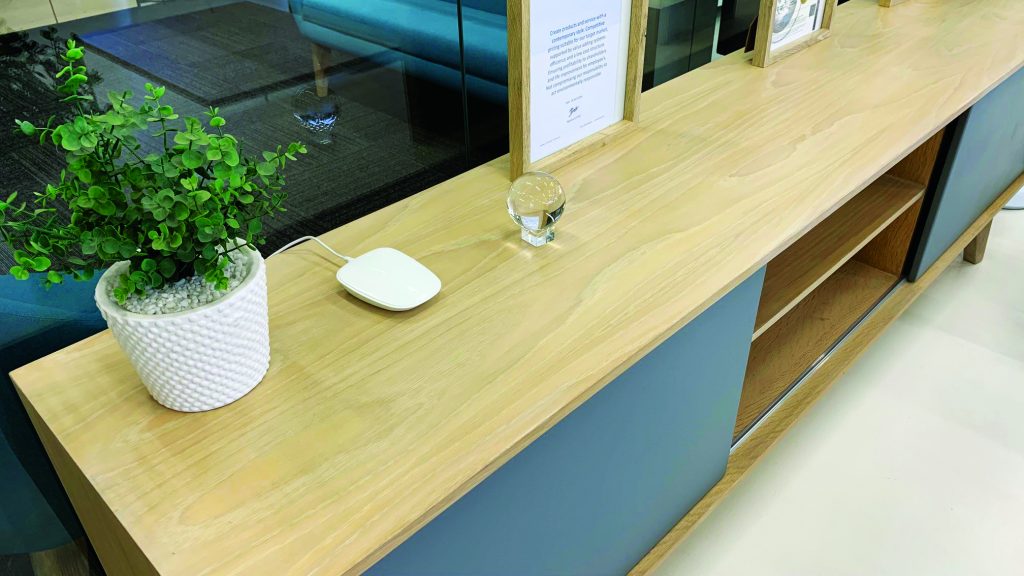Technology, Solutions and Innovations
IoT And The Fight Against COVID-19
The answer is yes – the government’s #COVIDAlertSA app uses smartphones to help with tracking and social distancing. That is essentially IoT in action, and one example in a large variety of different IoT uses. According to the IoT Industry Council of South Africa, the three key roles IoT plays in the pandemic are monitoring for social distancing, screening temperature automatically, and enabling screening forms and workflows to ensure the correct procedures are followed.
But look closer, and you’ll find IoT everywhere, says Mellisa Govender, marketing director for RS Components SA. “IoT fulfils many roles in medicine including wearables and cold chain management. Pulse oximeters are widely available consumer medical devices that have also been used in hospitals and treatment facilities during COVID-19 to monitor the oxygen levels of patients. An example of ‘cold chain management’ can be seen in the Weka Smart Fridge. It helps by automating vaccine storage and dose dispensing to make treatment quicker and reduce wastage.”
Govender also points to India’s eVIN platform. Implemented in 2015 to vaccinate 27 million women and 29 million children, the platform digitalised vaccines and monitored the cold chain’s temperature through a smartphone application. An offshoot of this system is now managing COVID-19 vaccinations.
The air you breath
Office, industrial and retail spaces are also using IoT devices to tackle COVID-19, increasingly as part of a larger site management strategy. For example, the Airlab is a device locally produced by Ergosense that can detect different particle levels in the air and report its findings to an interactive dashboard. It forms part of Ergosense’s wider range of stand-alone plug-and-play site monitors, tracking occupancy, light and noise levels, and numerous other metrics. Though systems like Airlab don’t directly identify the coronavirus, they offer office and facility managers incredible levels of data collected from their environment.
“The particle size and particulate matter counts combined give you a real good indication of if you’ve got a high risk of potential virus survivability in your environment,” says Leon Roodt, Ergosense’s CEO. “Clients are concerned about getting people back to the office. How can they make people feel it’s safe? Using IoT, businesses can make sure that conditions are not conducive to the potential spread of COVID-19 or any other viruses.”
How does IoT help the fight against COVID-19? How long is a piece of string? Whether you look for direct or indirect uses, they are legion. But more relevant is that responses to the coronavirus are encouraging IoT uses for other areas as well, and there is considerable overlap between fighting the pandemic and making our world more connected and data-rich.
Connecting IoT devices
The internet of things (IoT) is a blanket term for different devices that collect and send data remotely to other machines. Your smartphone is an IoT device, so is your car’s tracker. How do IoT devices stay connected and compatible?
Compatibility is not the concern it used to be, says Roger Hislop, chair of the IoT Industry Council of South Africa. “Devices don’t need to be compatible with each other, only with the IoT platform or other software systems processing the data or events. You can mix and match across different technologies, as fundamentally you are connecting smart devices to the cloud over the internet.”
Bluetooth is popular for consumer IoT devices such as smartwatches. But elsewhere, IoT prefers low-power and wide-area (LPWA) connections. Popular examples are Sigfox, LoRa, and NB-IoT. LPWA is opening new doors for IoT, says Sean Laval, local Sigfox operator Sqwidnet’s executive of solutions and innovations: “For the first time, devices can communicate wirelessly at low-power levels similar to Bluetooth, while simultaneously connecting to a telecommunications network on a national scale. “This is opening up new IoT opportunities in a multitude of sectors such as vehicle tracking, logistics, utility meters, and home security.”






 Sign-up and receive the Business Media MAGS newsletter OR SA Mining newsletter straight to your inbox.
Sign-up and receive the Business Media MAGS newsletter OR SA Mining newsletter straight to your inbox.